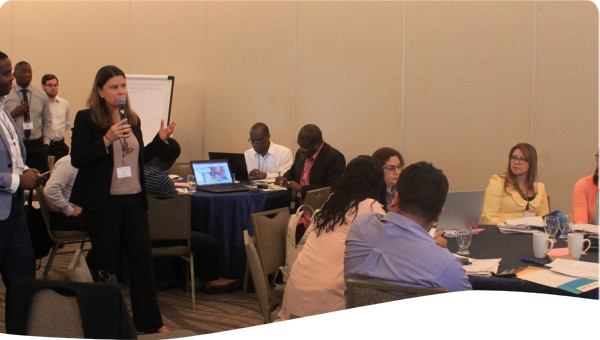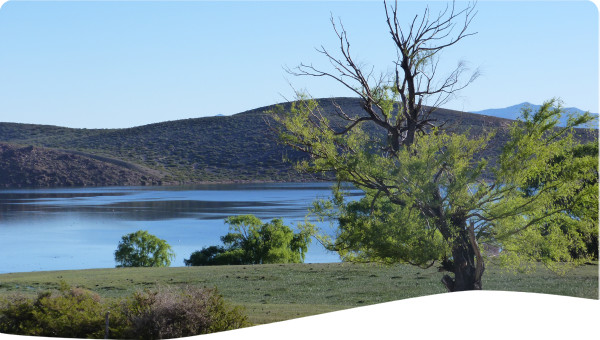The Costa Rican government decided to revise its system of water use levy when it became evident that it was disproportionately low. Action was taken by key stakeholders to reconstruct a design of the water use levy to reflect two basic elements of water charge: water use rights and environmental water services. The most important lesson is that political will must support legal and technical works when reforming economic instruments.
Water resources are the public domain property in Costa Rica. The State agency responsible for the protection and administration of water resources is the Ministry of Environment, Energy and Telecommunications (MINAET). As the supervisory agency in charge of managing the country’s water resources, it is responsible for regulating and resolving matters regarding its exploitation, utilization, governance and surveillance. The country’s existing Water Law establishes the obligation that all water use concessions granted must commit to paying a levy as compensation for using a public domain commodity. In Cost Rica, the application of water use levy has a long history.
A Water Law from 1946 stipulated that all water use concessions granted must commit to paying a levy as compensation for using a public domain commodity. However, the water use levy was disproportionately low, many exemptions were applied and the enforcement was weak. The State seek to control the efficient use of natural resources through the implementation of different environmental policy instruments, such as direct regulation, legal and economic tools and public investment. The economic measures promote behavioral changes by means of incentives or disincentives that directly affect the private costs and benefits, and in its production decisions. Having a positive experience of the application of Payment for Environmental Services scheme, the Costa Rican Government took a decision to revise the system of water use levy.
The Ministry of Environment and Energy (MINAE) with the support of several governmental agencies, NGOs, private and public sectors companies made a decision to reconstruct a design of the water use levy to reflect two basic elements of water charge: water use rights and environmental water services.
Several internationally conducted studies were conducted to support reforming this important economic instrument. Numerous consultations were held with different water users.
There was not just one single position held by the private sector, but rather diverse positions which hindered the process. In addition to technical questions of rates, sectors to be charged and ways to charge imposition, there was an issue of a legal nature.
According to the Costa Rican Constitution, it was not clear who can impose a tax on the commodity of the public domain and who can execute such a charge. It took four years to adopt a new system of a water use levy. Although it is a result of compromises, the significance is the ability to introduce the instrument, and not the amount of it.
A result of the process is that the MINAE is in charge of imposing the levy and collects the levy through the state treasury. The levy is calculated on an annual basis in accordance with the volume approved in the concession.
The revenue of the levy is distributed as follows: 25% to be invested in nature protected areas, 25% for National Fund for Forestry Financing and 50% goes to the Water Department of MINAE.
The actions previously referred did not only intend to update the value of the levy and, consequently, increase the revenue for water management. It intended to promote an efficient water use. More importantly, it focused to bring about a structural change, in such a way that the environmental cost for water utilization and the investment made by the State will assure hydrological sustainability.
IWRM recognizes the importance of management of forest cover because of its functions in evapotranspiration, control of runoff, infiltration and percolation of subsoil water. This management implies thinking about the sustainability of the State’s forests existing in protected wilderness areas (ASP) and those existing on private property, as well as in innovative systems that promote forest cover.
A political will must support legal and technical works when reforming economic instruments. Although the methodology for assessing water should be as technical as possible, scientific results will be the only foundation for motivating discussion of norm or policy.
Socio economic context and political viability for implementing the economic instrument makes it necessary to reach a political and negotiated consensus. Thus, participative and consultative processes employed take time and can not be concluded in few months.
 Case studies
Case studies


